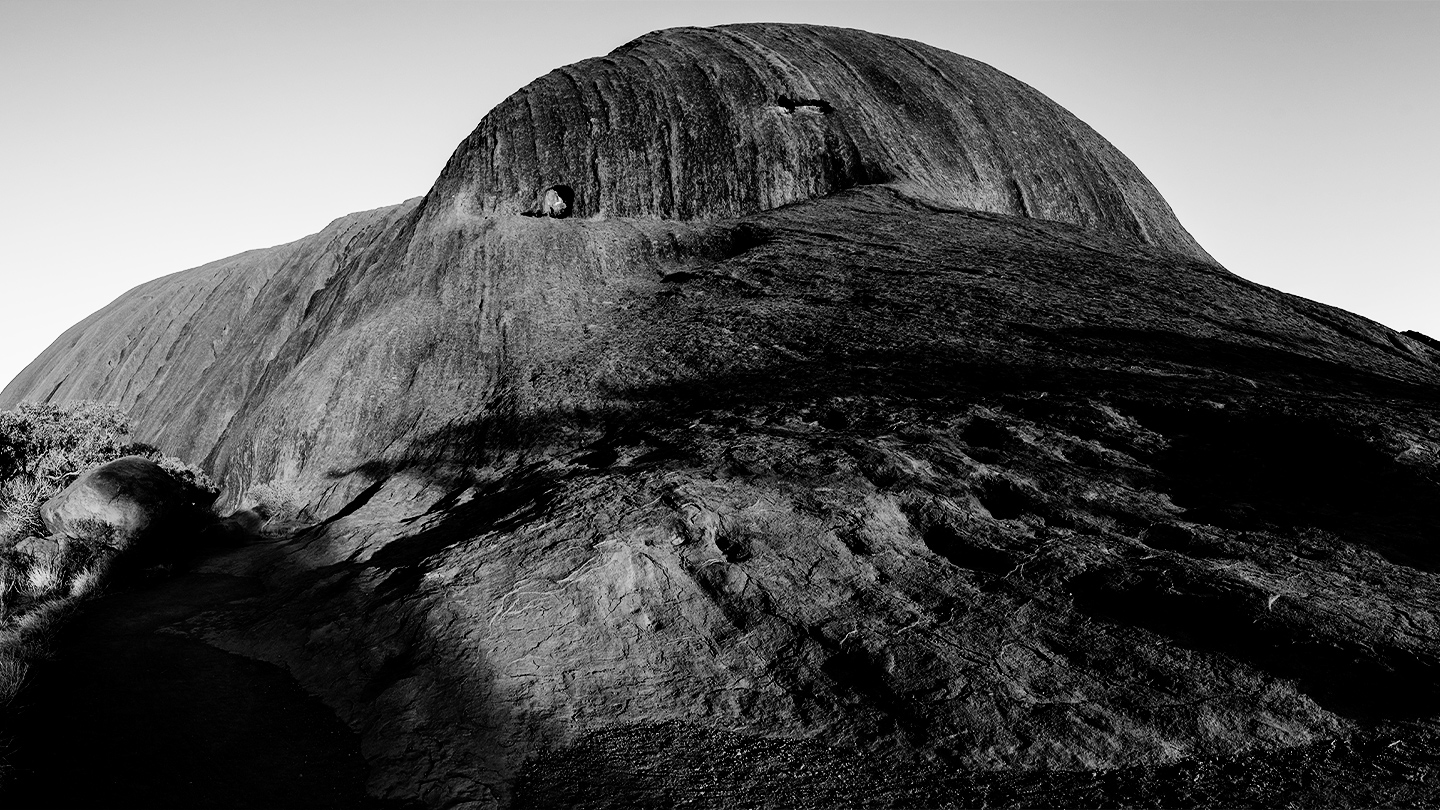Housing on reserves 1850-1969
From the 1850s many Aboriginal people lived on reserves, often in homes they built themselves. From 1909 the reserves were owned by the Aborigines Protection Board, which built huts for housing. The Board sought to use housing as an assimilating tool. The poor condition of housing on reserves was recognised throughout this period.
The NSW Government set aside land for use by Aboriginal people from the 1850s. In the early years, ‘Aboriginal people had to build and maintain their own homes on these sites, with dwellings usually simple makeshift shacks’ (, ).
These lands were ‘reserved’ under law, and from 1909 were vested in the Aborigines Protection Board (). Some reserves were managed by the Board (known as stations), some managed by missionaries (known as missions) and most unmanaged (known as reserves). The Board was given government funding which ‘appears to have been expended principally on rations, clothing, huts and houses’ ().
From 1909, the Aborigines Protection Act 1909 (NSW) () empowered the Aborigines Protection Board to control who lived on reserves. It appears from the Board’s Annual Reports that the main form of dwelling well into the 1930s continued to be ‘huts’ (, , , ), and a number of Annual Reports highlight the poor state of repair of the huts (, , ).
In the early 1930s, the Board shifted from building huts to building a ‘standardised type of building for the accommodation of the Aborigines, consisting of two rooms, each 12 feet x 10 feet, with 10-feet verandah front and back, the latter being also enclosed where additional accommodation is necessary’ ().
In 1940, a Public Service Board Report found:
numbers of houses on each of the Reserves and Stations visited are in need of urgent repair or replacement. For example, certain houses are not weather-proof; the majority are unlined, and, being constructed with material unsuitable to the particular climate, are hot in summer and cold in winter; others have no flooring, while the majority being fitted with wooden shutters in lieu of windows, are not properly lighted, or if properly lighted by keeping the wooden shutters open, are not properly ventilated. Overcrowding exists on most, if not all, of the Stations ().
The Aborigines Protection Board’s Reports suggest the Board saw housing as an assimilating force, and stations in particular as places where people would learn how to have ‘pride in their homes’ (). This was said to be ‘an important aid to the policy of graduating the Aboriginal from his former primitive state to the standards of the white man, among whom he is gradually learning to stand as a self-respecting citizen’ ().
In 1940, the Board introduced a housing policy that ‘deemed that Aboriginal people living on rations should be relocated to towns as part of the assimilation process’ (), and in 1943 the law was changed to allow the Board to buy land in towns to sell or lease to Aboriginal people ().
Alongside purchasing town housing, the Board intended to carry out a ‘large-scale building programme’ on its reserves and stations (), however conditions during and after the war delayed this (, ). In its 1949 Report, the Board estimated 600-700 new homes were required for Aboriginal people ().
In 1949, the Board began charging weekly rent on some reserve housing ‘in order to impress the aboriginal people with a sense of social responsibility’ ().
Throughout the Board’s management of reserves, and especially in the 1950s and 1960s, many Aboriginal people were encouraged to move off reserves or were concentrated on particular reserves and stations, and many reserves were closed ().
By 1963, 46 reserves and stations remained with 739 dwellings () and a Board survey of these properties found:
- 16.5% were shacks.
- Of those which could be described as 'cottages', 53.2% were in poor or bad condition.
- Each dwelling had an average of 8 occupants.
- 28% had to cart water to their dwelling from either a river or creek or from a tank or tap on the Reserve.
- Over 50% of dwellings had no bathing facilities
- 83.6% of dwellings had no electricity ().
In 1965, Parliament appointed a joint committee to ‘inquire into and report upon the welfare of Aborigines in New South Wales, with particular reference to— (a) the education and housing of Aborigines’ ().
The committee visited a number of stations and reserves (). It found ‘housing provided on Reserves ranges from modern type houses through pre-war houses to shacks’ (). It also referred to the high amount of rental arrears owed to the Board, and found that the Board should have adopted the Board’s current firmer policy towards rental arrears some years ago to assist in ‘inculcating a greater sense of responsibility in tenants with better care being taken of these houses’. The committee also observed ‘Had the Board undertaken a programme of regular maintenance of reserve homes to keep them at a reasonable level of repair Aboriginal families may have been more inclined to accept their responsibility for the payment of rent’ ().
The committee’s recommendations included that ‘No further houses be constructed on Reserves now set apart for Aborigines except on town blocks’ ().
By 1967, the total Aboriginal population living on Reserves in NSW was 6,587 (). ‘Conditions were so bad that a researcher in 1968 estimated 78 per cent of NSW Aboriginal people needed immediate re-housing, at an estimated cost of $25 million’ ().
In 1969, the Aborigines Protection Board was dissolved and the reserves became Crown reserves ().
